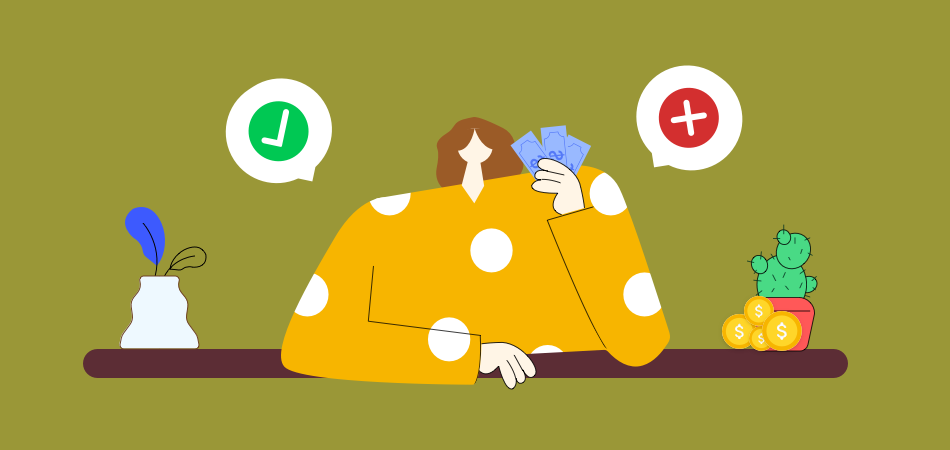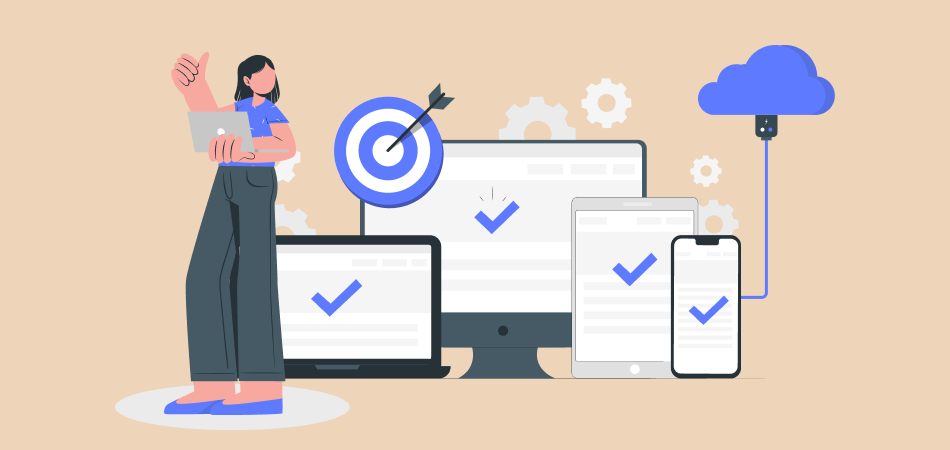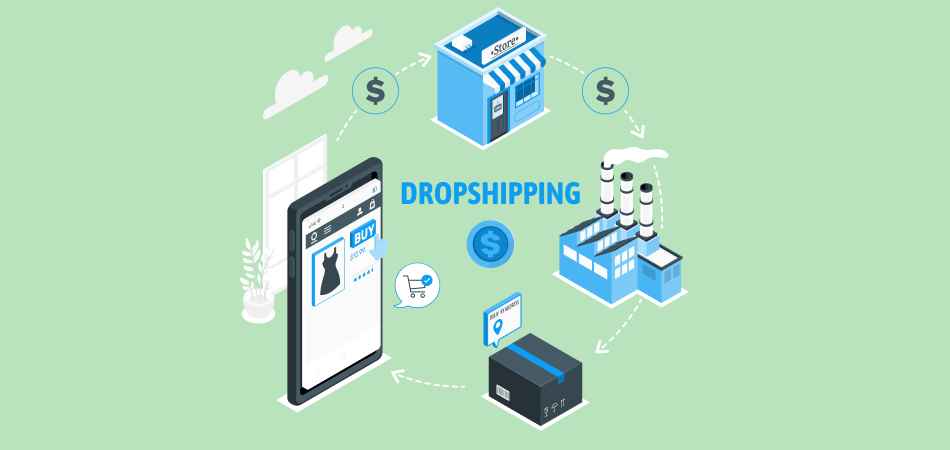Competitive Pricing Definition: The Pros & Cons

When setting the price of their products for customers in the marketplace, businesses employ a variety of tactics. One such approach is competitive pricing to compete with other competitors.
In this guide, let’s check out the definition of a competitive price, how to calculate it, identify the 3 strategies of competitive pricing, and uncover the pros and cons of this pricing strategy with various methods and tips for pricing your products.
What Is Competitive Pricing
Competitive pricing is the process of deciding on strategic price points to profit from a product or service-based market concerning competition. Given that services might differ from company to company, but a product's qualities stay consistent, businesses offering identical items tend to employ this pricing strategy more frequently.
This kind of pricing approach is typically employed once a product or service's price has stabilized, which happens when the product has been on the market for a considerable amount of time and has a wide range of replacements.
Competitive Pricing vs. Penetration Pricing
Competitive pricing and penetration pricing differ in their strategic application and the contexts in which they are employed. For instance, competitive pricing is a strategy used by businesses to match the prices of their rivals' products. Businesses that use competitive pricing often want to grow their clientele and gain an advantage over their sector's rivals.
In contrast, penetration pricing is a strategy businesses use to launch new products or services with few rivals while significantly undercutting market prices. Setting prices so low that other companies won't attempt to enter a market is the main objective of penetration pricing.
Pros and Cons of Competitive Pricing
Nothing in the corporate world is black and white. There isn't a price approach that works for everyone and every circumstance. It is more likely that a pricing strategy that works well for one brand would fail miserably for a brand in a different market or sector. To give you the information, you need to decide whether competitive pricing is right for you. Let’s check out its benefits and drawbacks.
Lower risk: When you are a new player in the market, there is a high likelihood that you will price incorrectly. The dangers are reduced, though, if you rely on the pricing of your established rivals because they took the time to decide on those prices and test them out in the market.
Easier implementation: This technique only asks you to identify your primary rivals, gather their pricing, and then choose based on the information. Of course, this may be challenging, given the wide variety of products and frequent price fluctuations in some industries.
Flexibility: To find the ideal price, you may always mix competitive pricing with different pricing techniques.
More profits: By using trustworthy price tracking software or automatic pricing tools, you will be able to lower prices where you have room and steal some customers away from competitors, but on the other hand, you will be informed about opportunities to set the higher price and remain competitive, giving you a win-win situation.
Risk of missing out: There's a chance you could overlook some crucial information about the products your rivals' have. This can result in incorrect pricing settings.
Less chance to stand out: If you choose to match your rivals' costs, you will blend in and lose your ability to stand out. It will also become more difficult for you to create something recognizable for your brand.
Making the same error: Even if your competitive pricing study is done correctly, what if your rivals committed faults when determining their prices? You will repeat these mistakes and lose the chance to outsmart them by determining the appropriate prices.
Resources: For smaller businesses, gathering and comparing pricing might be complicated to handle and require additional personnel and resources. This may be avoided by adopting price monitoring software, some of which have relatively low monthly costs.
How to Calculate Competitive Pricing
Find where your product and brand locate in the spectrum between your competitors by grouping them according to relevance in ascending order before making a pricing choice.
There are two primary sorts of competitors to be mindful of when putting them together in a competitor-based pricing strategy. You can base on them to calculate your pricing. These include:
- Direct competitors: They fight for the same market share while providing comparable products and services.
- Indirect competitors: They provide products or services that overlap with yours and partially address the issues in a completely another manner. They could be products that merely share one or two of your product's capabilities and don't directly compete for the same market share.
3 Competitive Pricing Strategies
Businesses have 3 options for setting prices for their products or services when employing a pricing strategy based on the competition:
Lower Prices
Your products or services are more affordable than those of your rivals in your market. This tactic can be profitable for companies that can take advantage of economies of scale. A lower price approach might also include the utilization of lower pricing points.
| Get Started Now to Grow Your Online Business with the Best AliExpress Dropshipping Tool - DSers! |
Lower prices are products or services set at a lower price point that are not profitable but attract new customers or allow a business to sell more profitable products or services to those customers. Lower prices are frequently used by businesses entering a market for the first time.
Equal Prices
Your products or services are priced at a level with those of your rivals in your market or at the going rate. Businesses that use the same price points as their rivals frequently strive to stand apart by offering more enticing product options or establishing distinctive browsing experiences (e.g., using manufacturing processes or sustainable materials to attract eco-conscious customers, etc.).
Higher Prices
Your products or services are more expensive than those of your rivals in your market. Businesses that provide products or services with more features or advantages than their rivals employ this tactic. Businesses with strong brand recognition and offer a "premium" or "luxury" product compared to other companies in their industry or specialty generally charge higher price points.
How to Perform Competitive Pricing for Your Business
One of the most straightforward pricing techniques is competitive pricing, yet it may occasionally be a time-consuming operation with a few possible spots for error. Additionally, the entire price process will jeopardize if competitive pricing research is done incorrectly.
Competitive pricing may be broken down into two main steps:
- Analyzing information about competitive pricing
- Choosing the proper price
Analyzing information about competitive pricing is the act of acquiring and examining data on the prices of your rivals. This is a crucial component of the competitive pricing strategy since the decision you make later will be dependent on the information you have gathered and its analysis.
The next step is setting the correct price. After gathering all the necessary information above, you can select the price for your products and services based on 3 strategies mentioned above.
Read more: How to Price for Your Online Store: 8 Effective Pricing Strategies
Popular Competitive Pricing Examples
Let's look at two of the current most popular smartphone brands. Apple and Samsung are battling for consumers' attention, and it would be wise to take seriously analyzing their pricing and marketing techniques. Just glance at their prices to see what they do with them.
Look at the shortest time between the two releases and contrast the smartphones produced by Samsung in March 2022 (Galaxy S22, S22+, and S22 Ultra) and Apple in September 2021 (iPhone 13, iPhone 13 Pro, and iPhone 13 Max). Samsung had the opportunity to review Apple's pricing because they introduced their products after Apple.
Samsung made the decision to price the S22 and S22+ somewhat less than the 13 and 13 Pro iPhones. However, Samsung felt more at ease with the S22 Ultra and chose to charge a higher price than Apple's most costly model in this line, the iPhone 13 Pro Max. This might be interpreted as Samsung saying that their phone has more functionality than Apple gave a few months earlier.
AliExpress is another excellent illustration of price competition between brands without any direct brand competition. The secret to its success is that competitive pricing knowledge has been thoroughly compiled. This enables them to consistently offer a product at the lowest price and outcompete their rivals.
Tips for Successful Competitive Pricing
Business owners and salespeople should think about if competitive pricing is the best option for their company before setting prices. Check out these pieces of advice on competitive pricing:
Reduce Production Costs before Reducing Market Prices
The market prices that businesses may sell their products for and still profit depend heavily on the cost of manufacturing. To offer products at or below those of their rivals, companies must first determine if they can retain product quality while reducing production costs.
Identify the Needs of the Target Audience in Advance
Consumers occasionally worry more about product quality or sticking with well-known brands than they do about price. Because of this, businesses must think about what motivates repeat business and whether competitive pricing is required.
Check the Prices of Various Competitors
When choosing competitive pricing, businesses should analyze the market prices of additional industry competitors besides their main rivals. They may then see the price ranges for the same product and see whether other companies are attempting to match the prices of their more aggressive competitors.
Understand When to Use a Different Pricing Strategy
Competitive pricing may not always be the best strategy for a company to use to increase profit margins. Organizations should assess whether a different price approach would be more advantageous to preserve product quality and consumer happiness.
Final Words
Some B2C businesses, particularly those in eCommerce, may entirely depend on competitive pricing. However, competition data shouldn't serve as the main driver of your pricing strategy. Other factors must be considered, such as price and the breadth of usefulness of your product.
In the near term, competitive pricing will enable you to stay up with your rivals, but it may also be useful when combined with other pricing models in your pricing strategy. Discover more helpful things for your business on DSers Blog.













 Company
Company
 Why Choose DSers
Why Choose DSers
 Blog
Blog
 Help Center
Help Center



